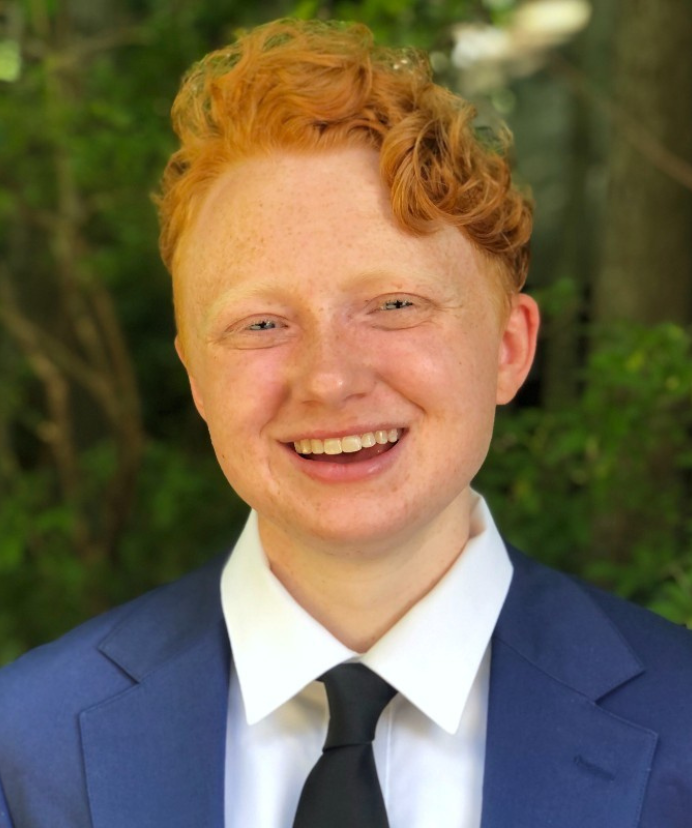Social Distancing for All of Society
States must implement policies that enable lower-income residents to protect their communities from Covid-19.

Read Time: 2 minutes
Published:
A refrigerator. A twin mattress. Six bowling pins laid down in a row. A shopping cart. A MacBook Air charger. Two golden retrievers end-to-end. How far we are supposed to be from anyone outside our household. In the past six months, six feet has taken on a whole new meaning in our collective imagination.
Social distancing has prevented millions of Covid deaths, but not everyone can socially distance. Previous research has indicated that residents of low-income neighborhoods have been less likely than residents of higher-income neighborhoods to stay home in response to Covid-19. A new study offers some explanations about why people in low-income communities are less likely to distance.
Jonathan Jay and team looked at nation-wide smartphone tracking data to untangle the relationship between social distancing and income. Before the pandemic, the richest US residents were more likely to work outside the home than the poorest. In mid-March, when social distancing policies were imposed, the trend reversed. The richer you were, the less likely you were to leave your house for work. The same trend did not hold for non-work locations. Low-income residents were as likely to visit supermarkets, parks, and hospitals as other income groups.
Some public health bodies have hypothesized that lower-income people are not distancing because of lack of public health messaging aimed at low-income communities. This new research demonstrates the problem isn’t lack of education; it’s inequitable policies. Jobs that have been deemed essential — hospital nursing aides, grocery store clerks, pharmacy staff, airline workers, and first responders — are often low-paying, and “stay-at-home” policies have little effect on those obliged to do this work.
A substantial social distancing gap exists between high- and low-income residents, and it is mirrored by disparities in Covid-19 cases and mortality by income. States must implement policies that enable lower-income residents to protect their communities from Covid-19 — making unemployment insurance more available and mandating paid sick leave — while protecting citizens who lose income by restricting evictions and banning utility shut-offs. An equitable Covid-19 response means making pandemic-fighting measures accessible to all communities.
Databyte via Jay, J. Bor, J. Nsoesie, E. et al. Neighbourhood income and physical distancing during the Covid-19 pandemic in the United States. Nat Hum Behav (2020). Data visualization by Tasha McAbee.



